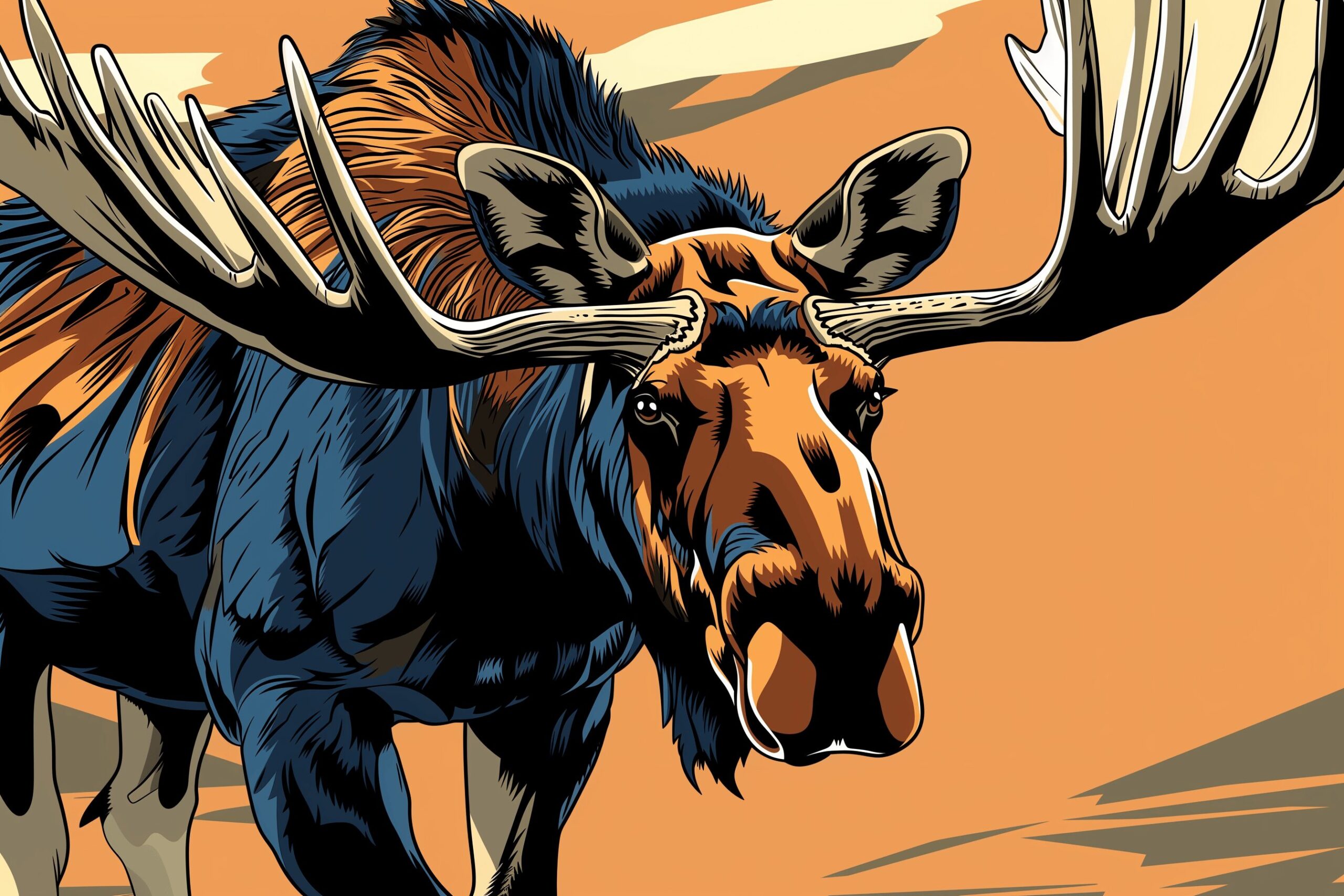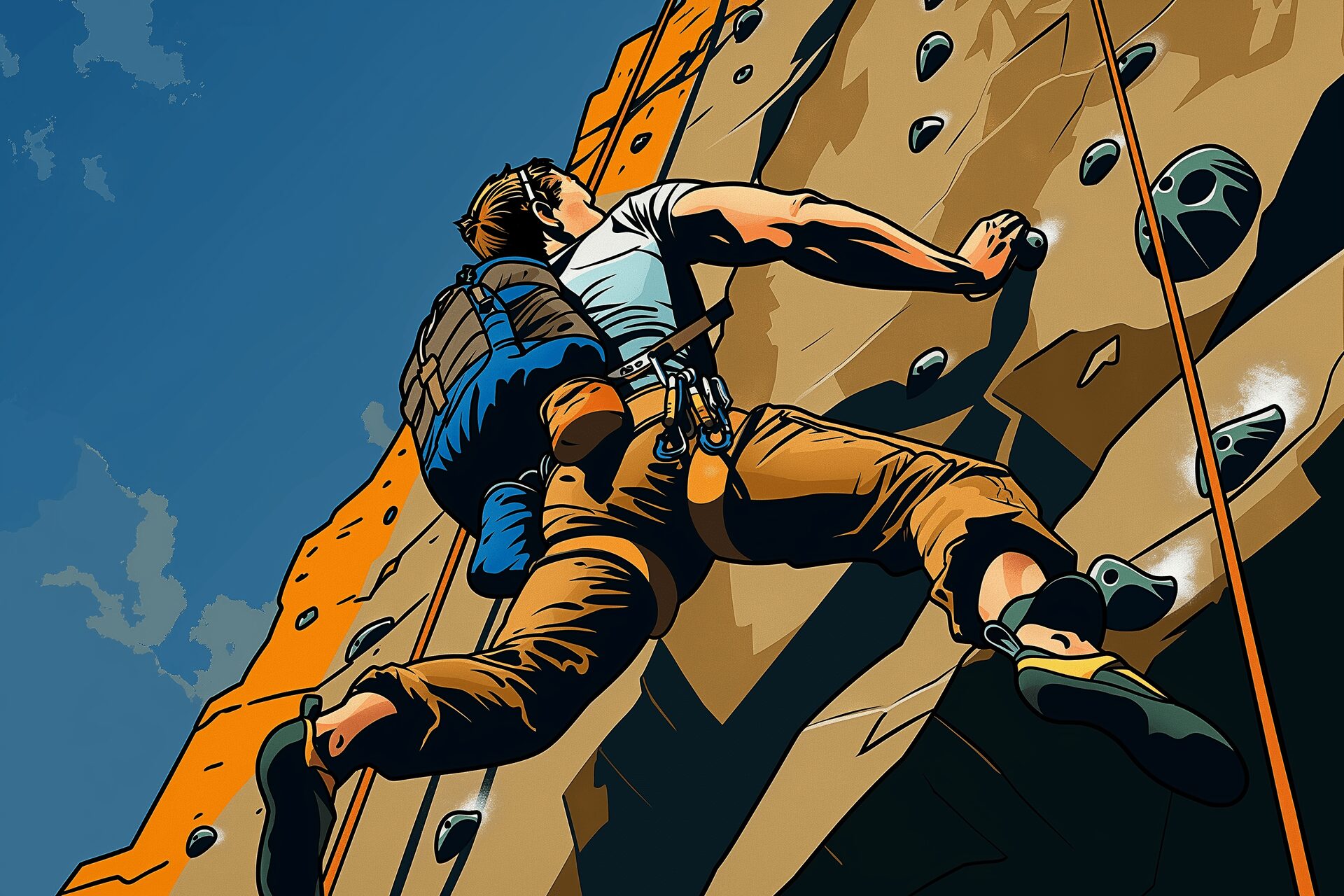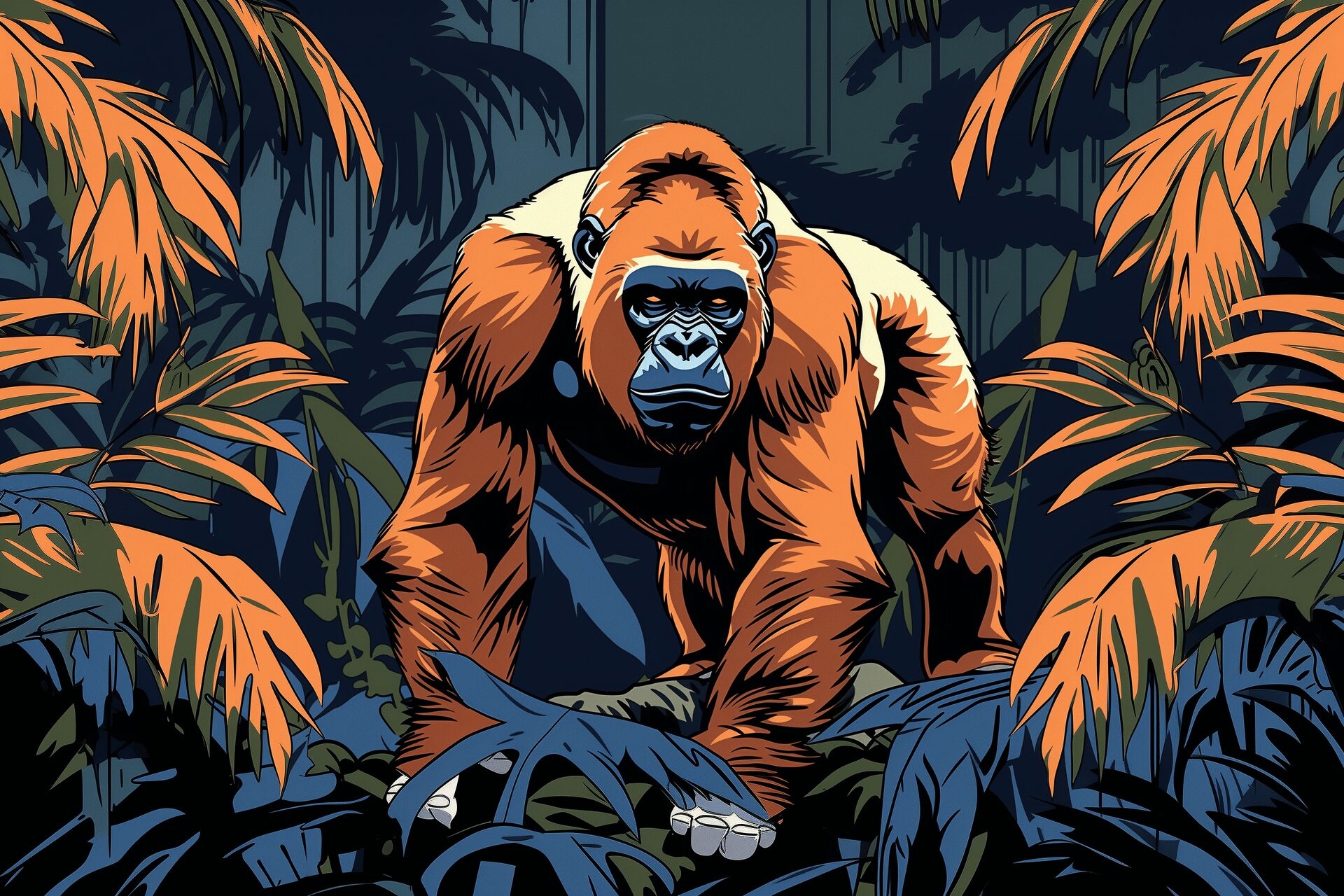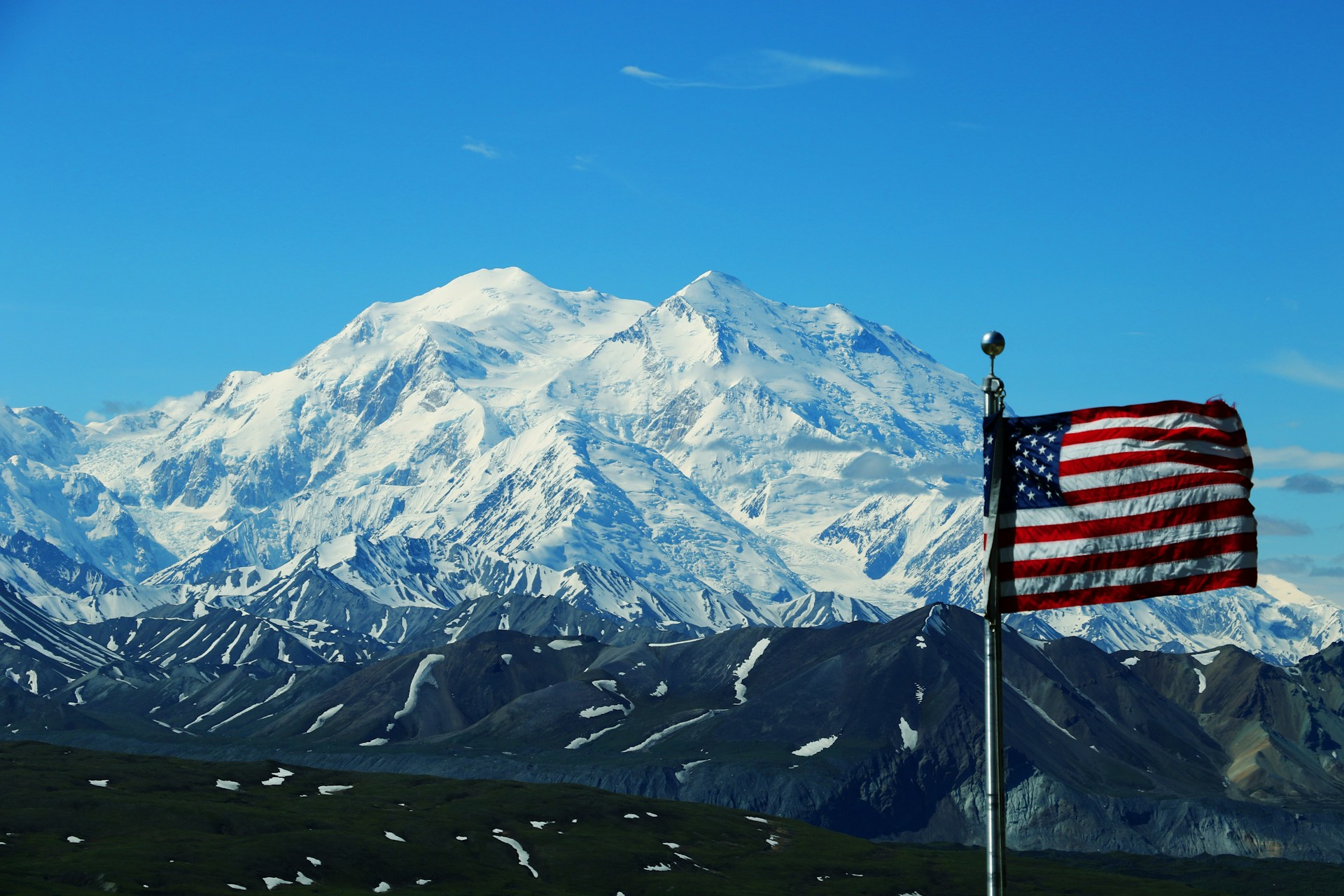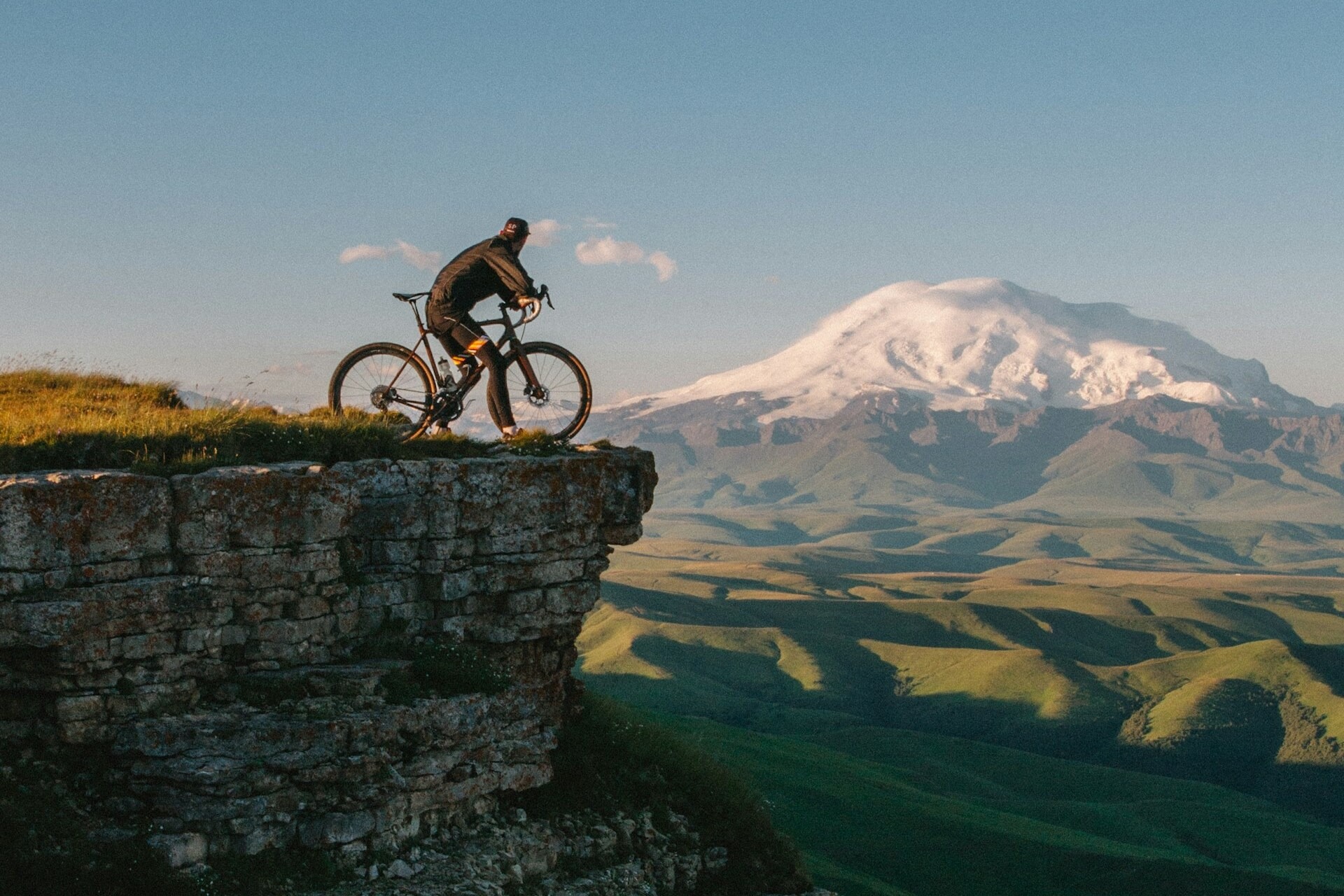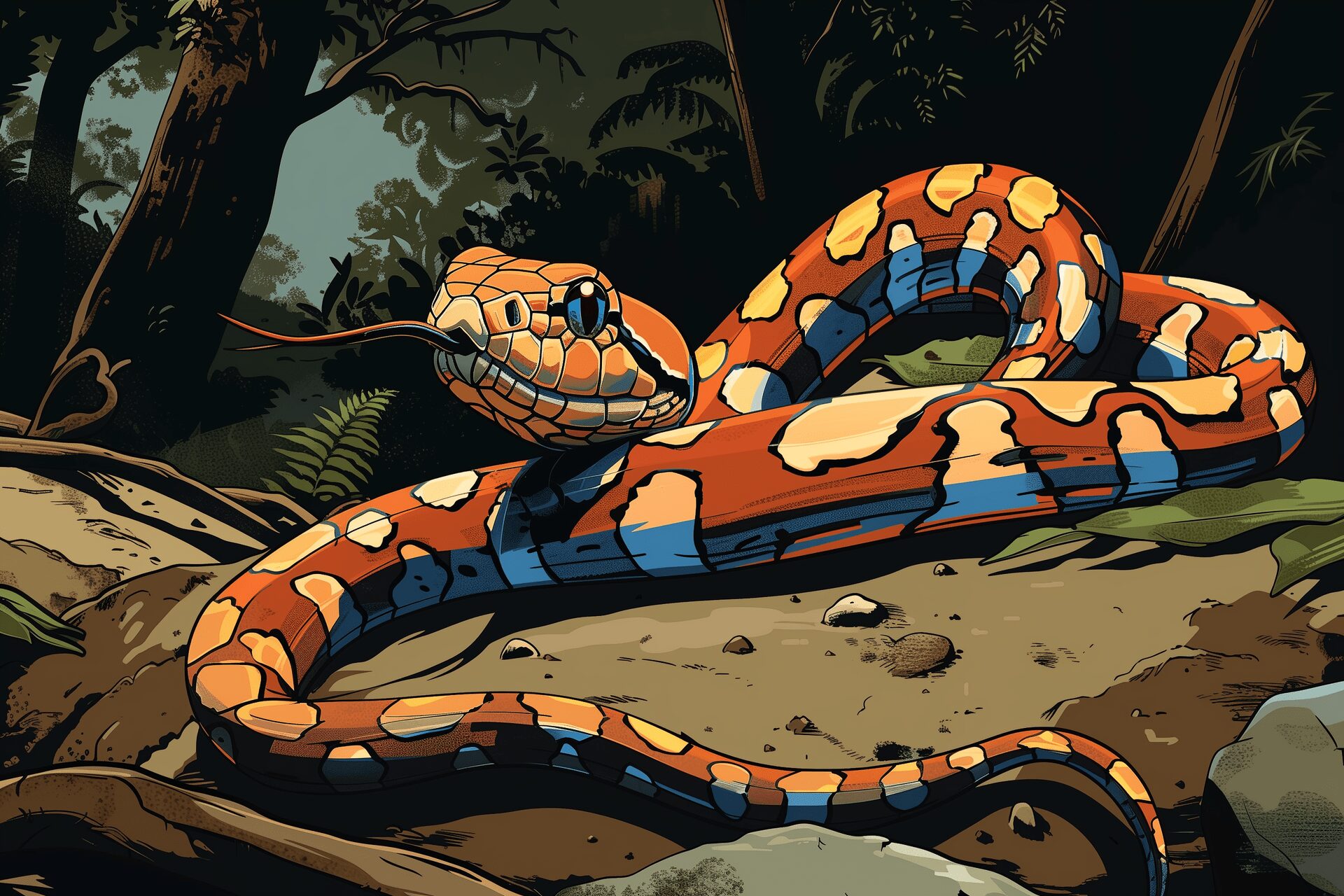10 Types of Camo and When to Utilize Them
Jun 06, 2023
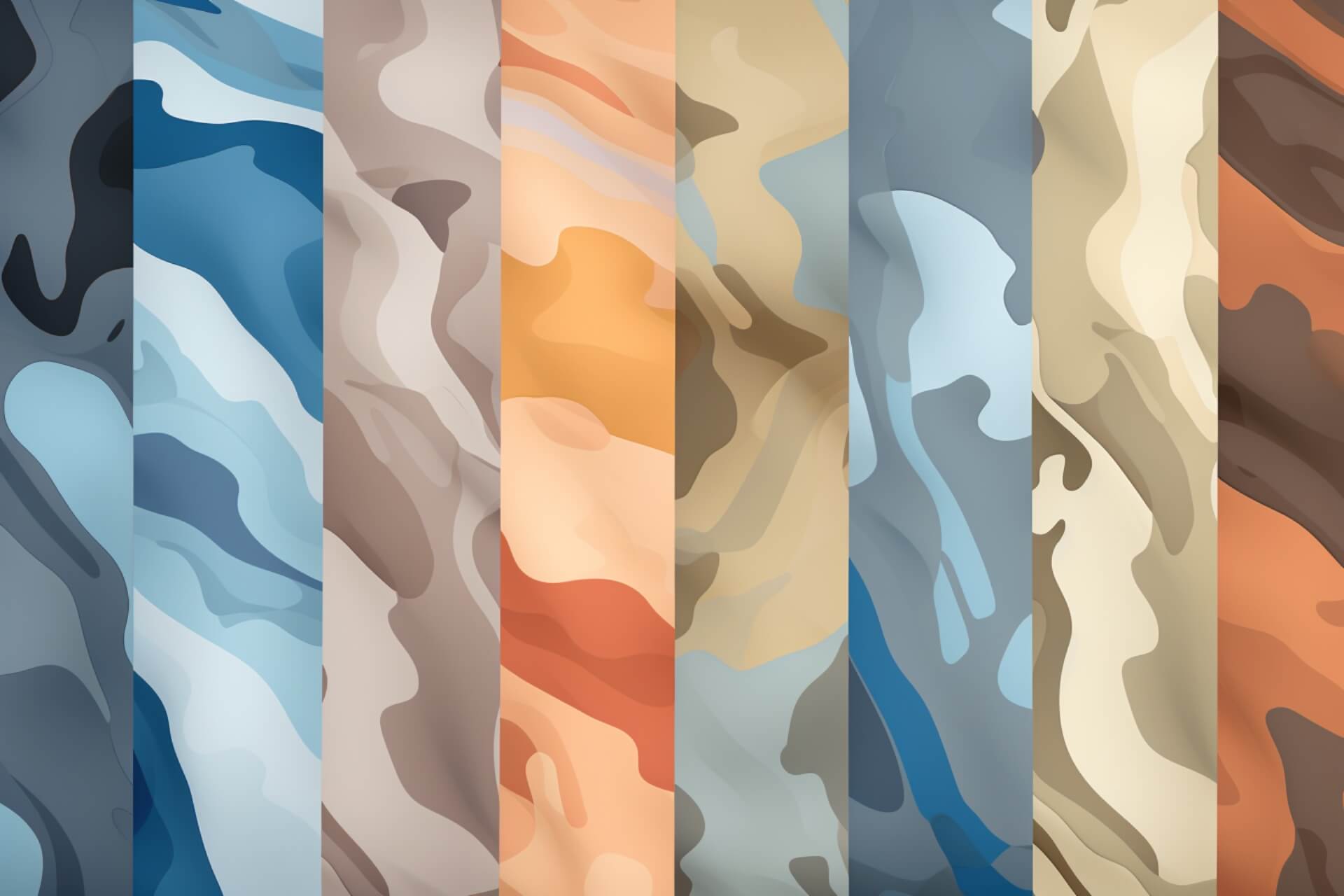
As an Amazon Associate, Modded gets commissions for purchases made through links in this post.
Camouflage is a crucial part of military concealment and evasiveness. It enables soldiers to blend into their environments, improving their chances of surviving and completing their assigned mission. U.S. soldiers and other elite military organizations around the world use many different types of camo depending on their location.
These are ten common types of camo that outdoor enthusiasts should know to master their environments and improve their survival skills.
1. Universal Camouflage Pattern
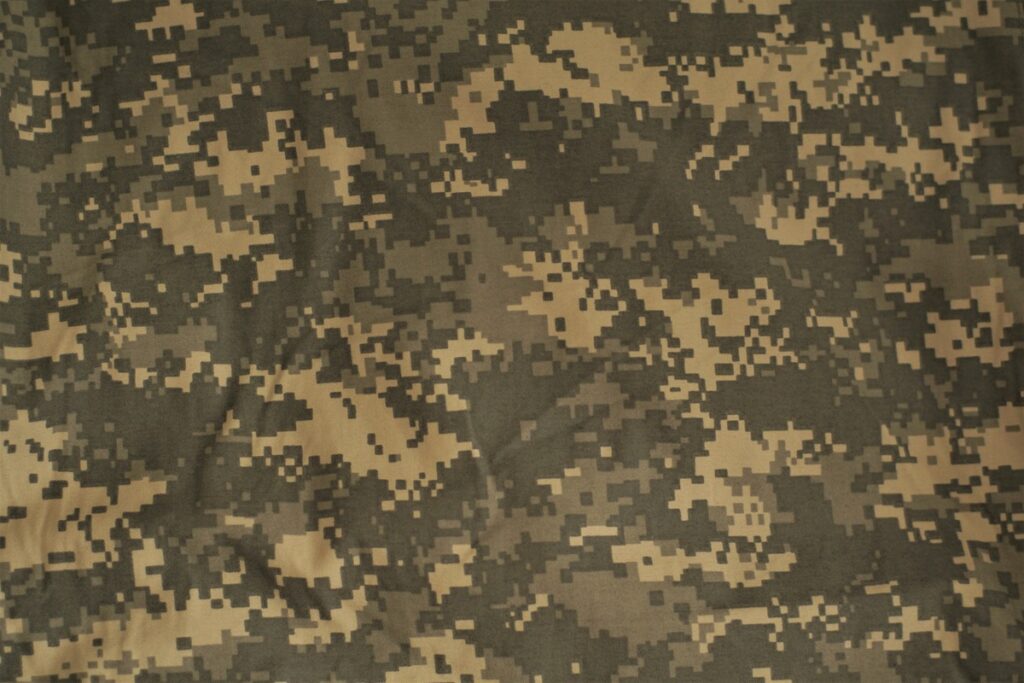
The universal camouflage pattern (UCP) was the most common type of camo used in the military for a long time. This digital pattern blends in well enough with a variety of environments, but it’s mostly utilized in desert and urban settings. It was the main camouflage found on Army Combat Uniforms until 2015, when the Army switched to the operational camo pattern and the UCP was phased out.
2. Operational Camouflage Pattern
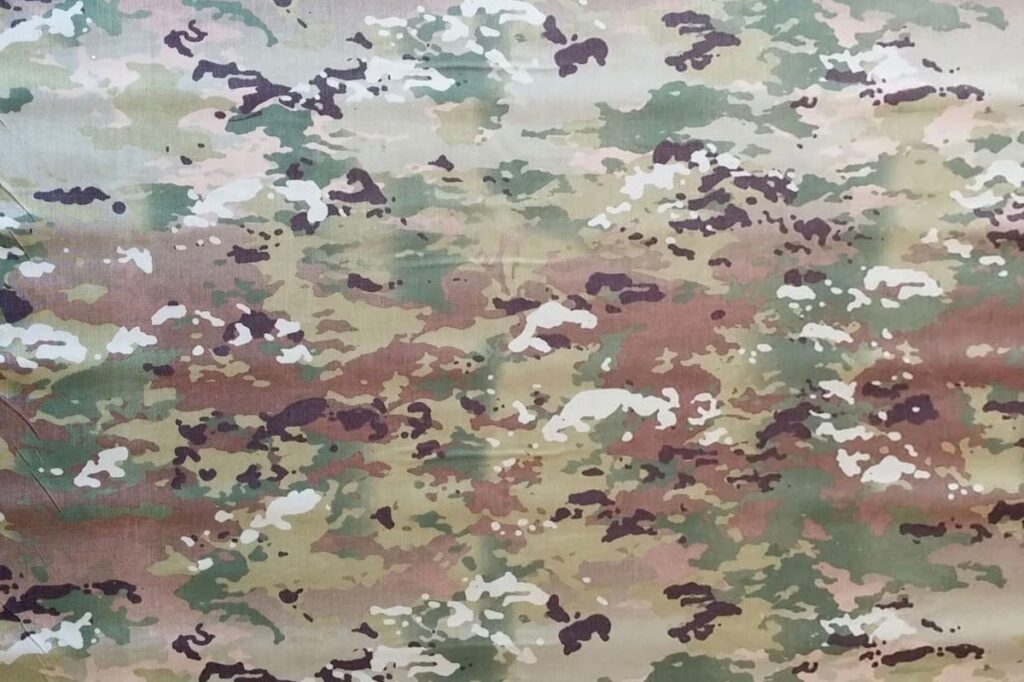
The operational camo pattern (OCP) is the new and improved version of the UCP. It has the same pixelated texture, but the updated color scheme is much more versatile. It’s the final product of the most rigorous and comprehensive camouflage testing efforts ever coordinated by the US Military. Soldiers can wear this type of camo into any environment with confidence that it will provide sufficient concealment.
3. Multicam
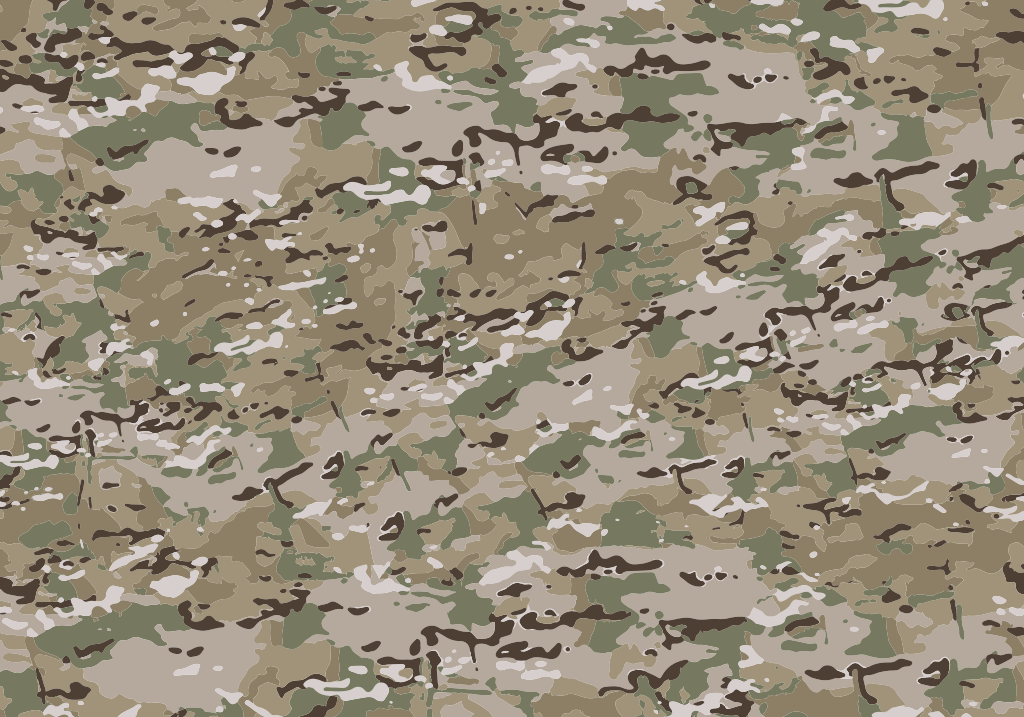
One of the most useful types of camo is multicam because of its similarity to OCP. Although it doesn’t have that distinctive digital pattern, it can still blend in with any landscape or climate. It’s mainly used by US troops in the Middle East — especially Afghanistan — who have to move between mountainous and desert terrain.
The reason why multicam is such an effective camouflage is because it has multiple color composite spectrums and dozens of separate image layers. This design automatically makes the observer see the colors that blend in most with the surrounding environment.
4. CADPAT

The very first pixelated micropattern camouflage is CADPAT. In 1996, researchers with the Canadian Armed Forces found that digital patterns were harder to identify from long distances because the pixels blurred together. Since CADPAT’s conception, numerous types of camo with digital patterns have been created for various terrains, including snow, desert and naval operations.
5. MARPAT
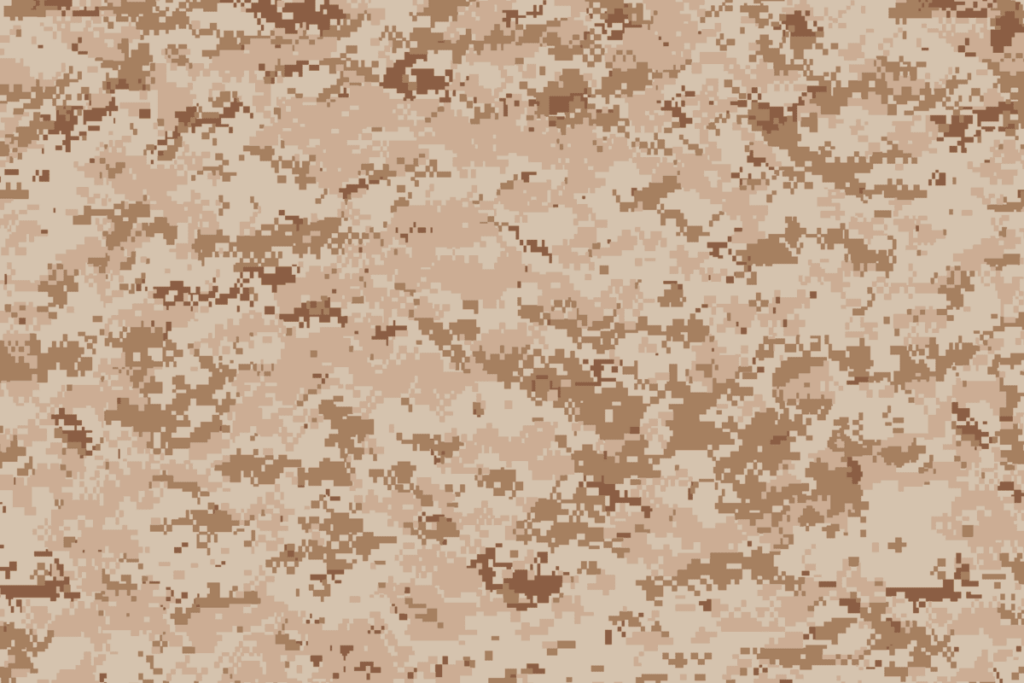
The US Marine Corps started using MARPAT, a digital camo, in 2001. At the time, pixelated micropattern camouflage was still considered cutting-edge in the military world. This particular design has a color scheme intended to emulate a dense woodland environment. Since Marines tend to stay around wet and dense forests in coastal regions, MARPAT is an ideal camouflage for them.
6. United States Woodland
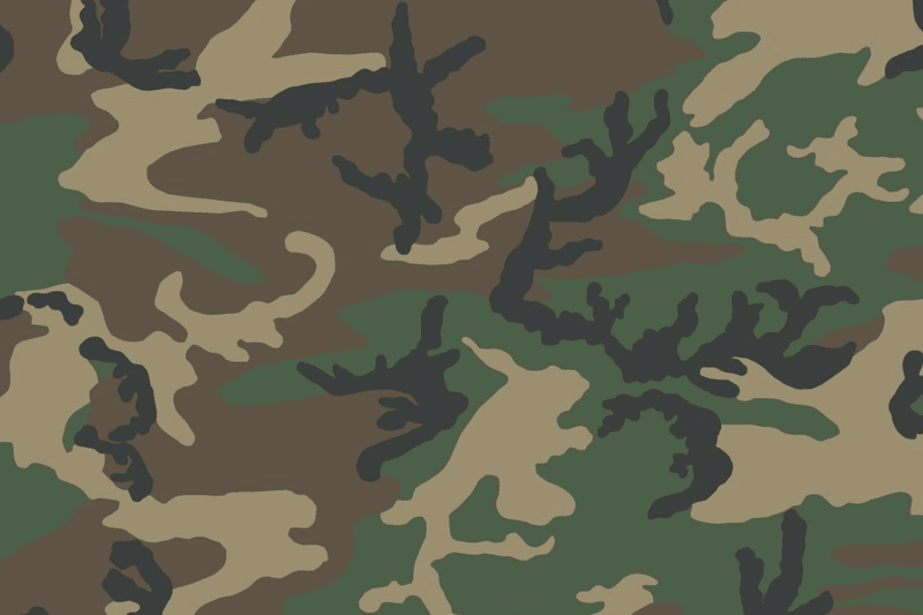
United States Woodland is the non-digital variation of MARPAT and one of the most well-known types of camo. As the name suggests, it’s design blends into woodland environments. It’s also the camouflage many other militaries worldwide like to copy. You can find almost the exact same texture in militaries around the world, just with varying color schemes.
7. ERDL
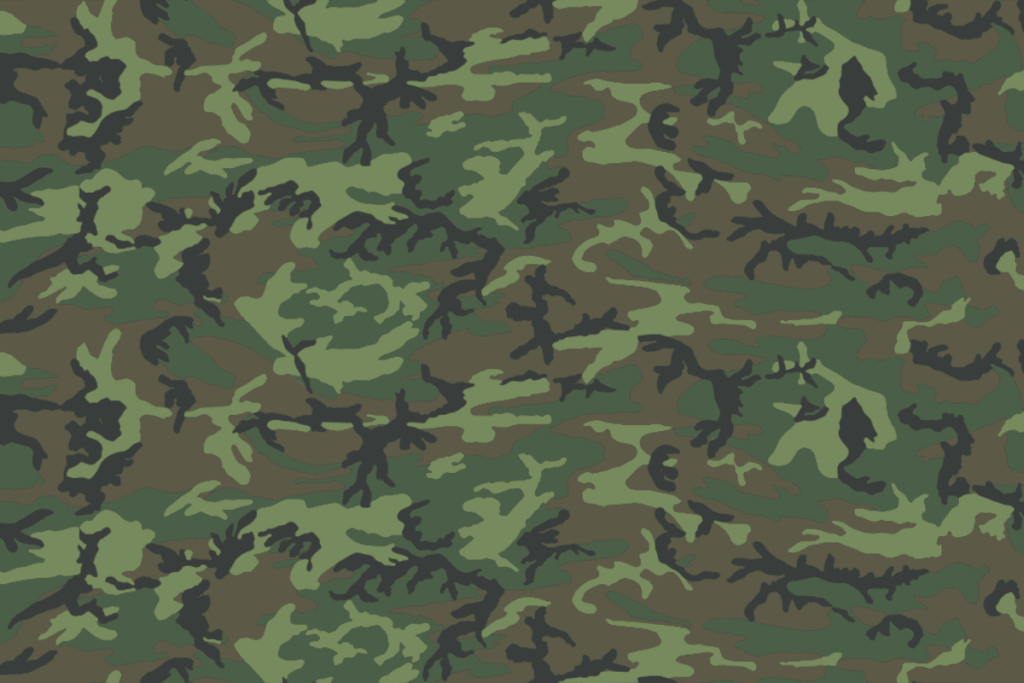
The US Army Engineer Research and Development Laboratory (ERDL) came up with this camouflage concept in 1948. It’s the first rendition of United States Woodland, with a little more greenery and smaller patterns. American troops started wearing ERDL during the Vietnam War, which made the camo easily recognizable to civilians because of the war’s heavy publicity.
8. Brushstroke
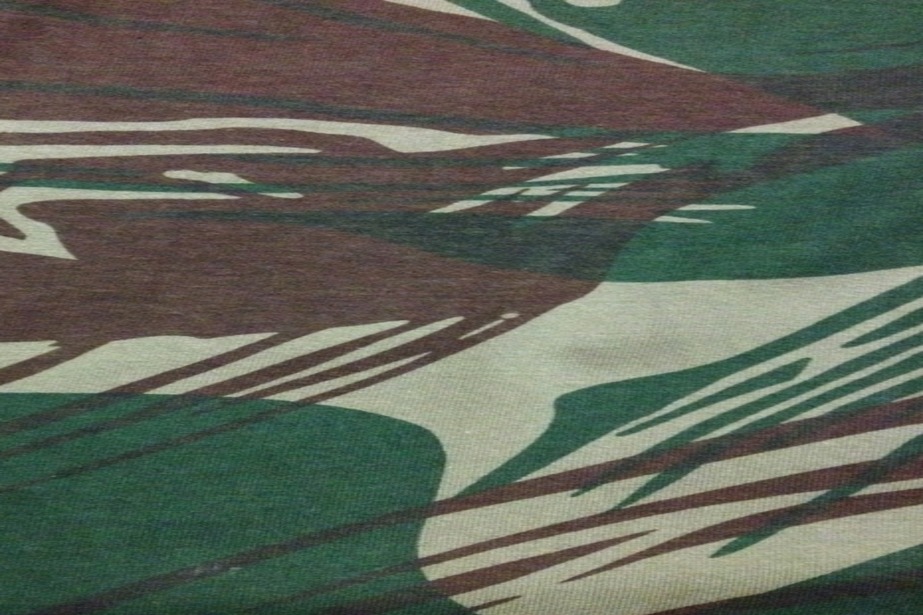
Now we’re getting into the more niche types of camo. Brushstroke originally wasn’t an official camouflage at all. During WWII, British paratroopers drew “brush strokes” of different colors on their khaki uniforms to blend in with their environments. This trend quickly spread throughout the British Armed Forces because it allowed each soldier to customize his camouflage.
British Special Forces continued to draw Brushstroke on their uniforms all the way up to 1965, when it became an officially recognized camouflage. It remained relevant until 1980 when Britain replaced it with a lizard pattern, which was the norm for European militaries at the time.
9. Chocolate Chip
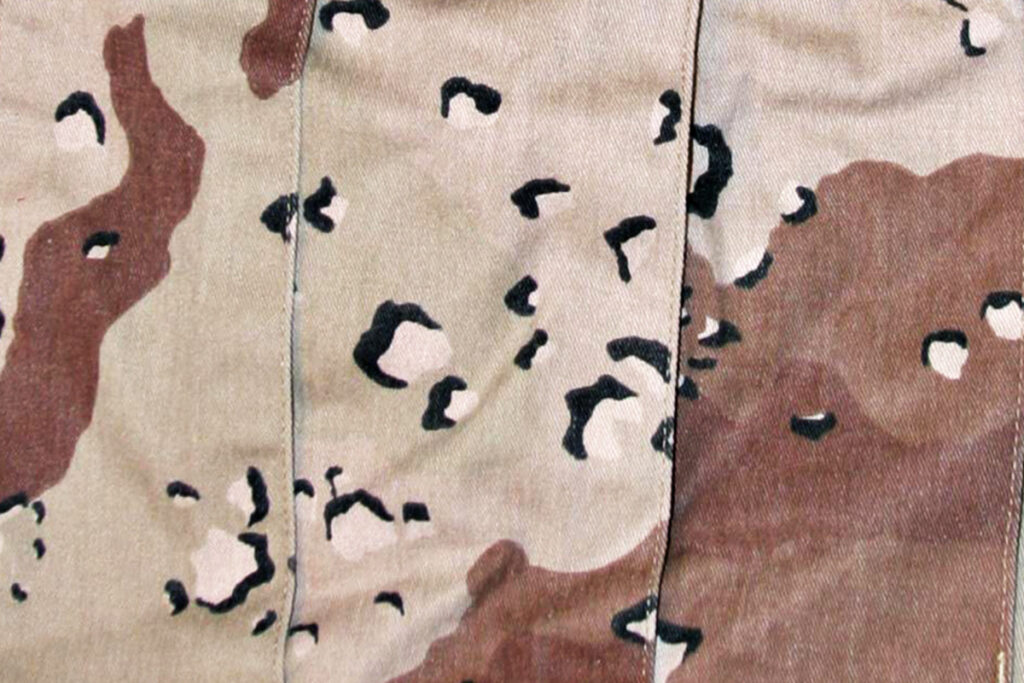
A unique type of camo that utilizes six shades of brown is the chocolate chip scheme. The US Army adopted chocolate chip in 1981 as the main desert battle dress camouflage for the Persian Gulf War. Many countries still use chocolate chip today although Americans no longer wear it. For example, you can see it in South Korea, Iraq and numerous African countries. While chocolate chip doesn’t compare to OCP, UCP and Multicam, it still does its job in desert environments.
10. Duck Hunter
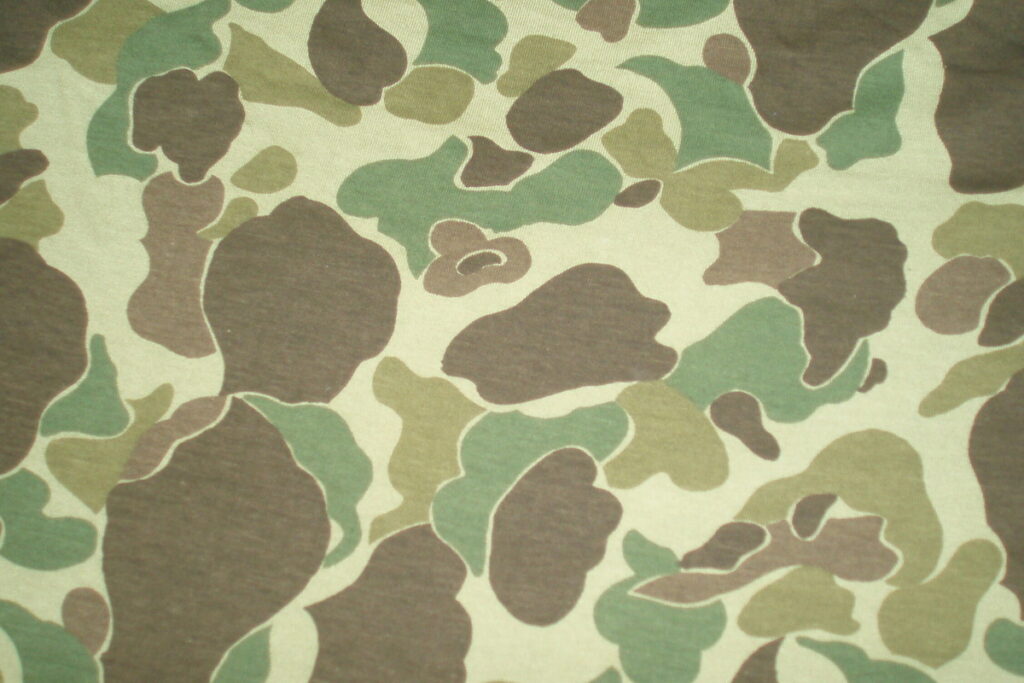
Originally known as US M1942, duck hunter was the main camouflage for US soldiers in the Pacific Theatre during WWII. It blends in with beaches, swamps, jungles and woodlands. It became an extremely popular camouflage among duck hunters and other small game hunters throughout the United States in the late 20th century, which earned it a new nickname.

